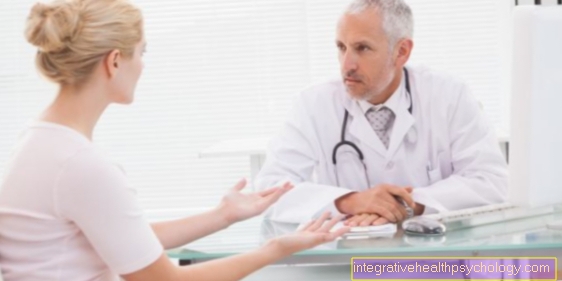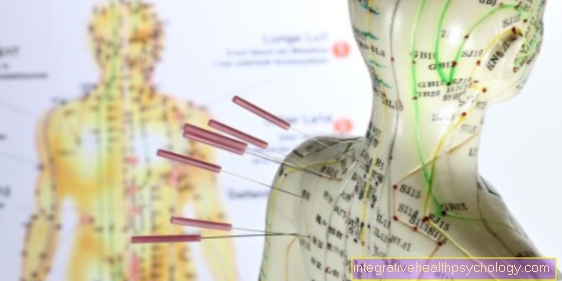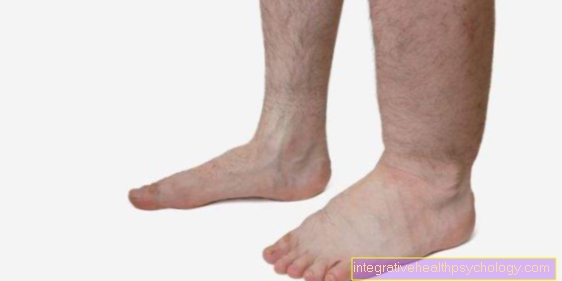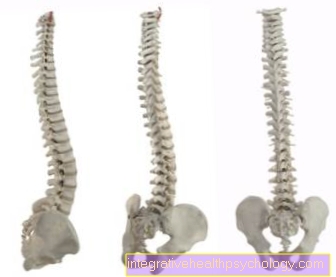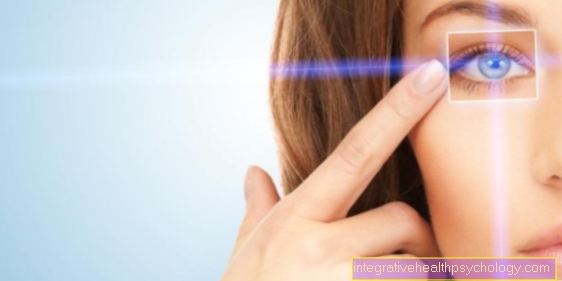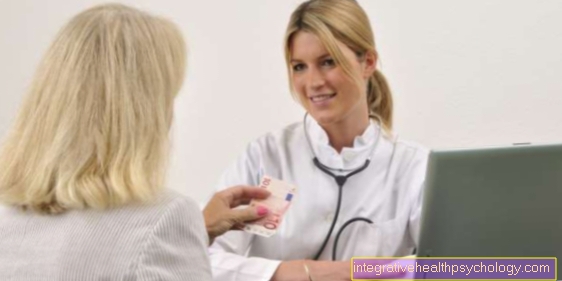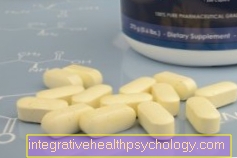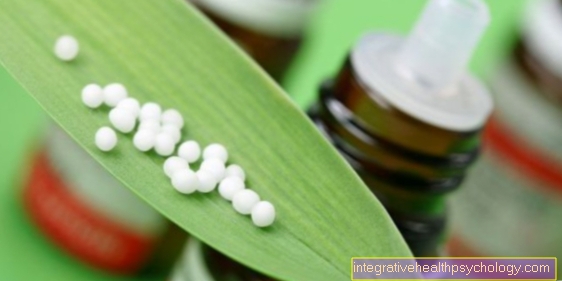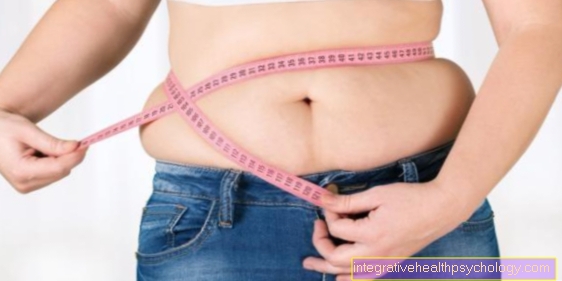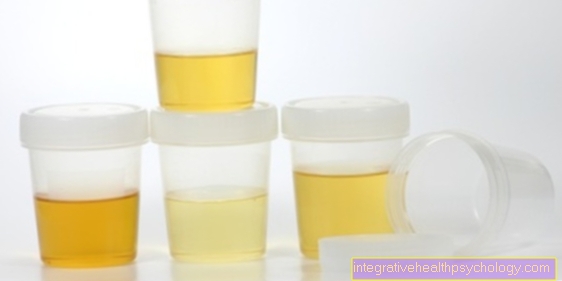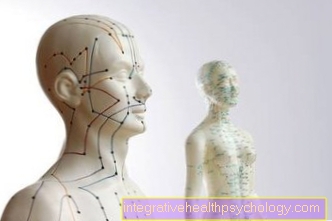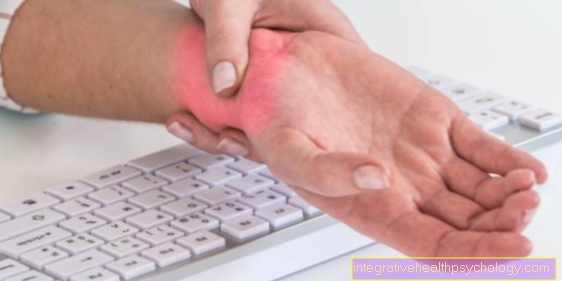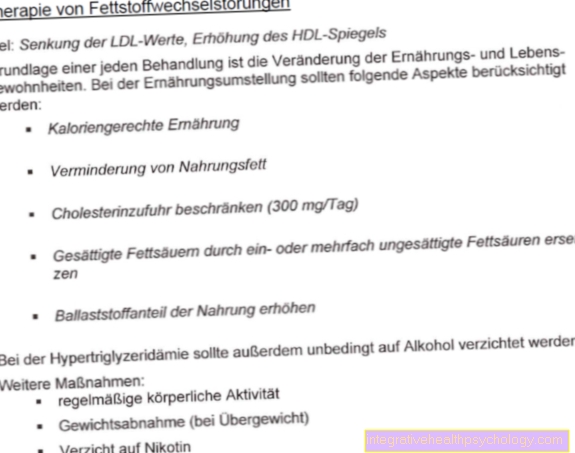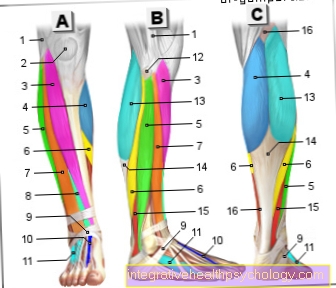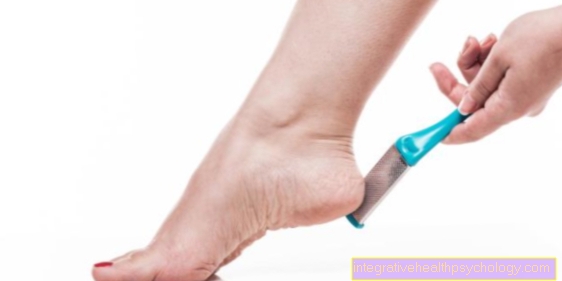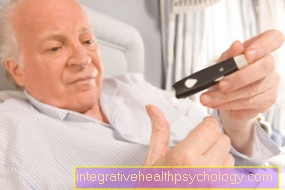Light therapy for depression
definition
Light therapy is one of the non-drug therapy options for treating depression. The purpose of the therapy is to stimulate the human body with light that is very similar to daylight. This presumably leads to an increase in serotonin production and a decrease in melatonin production.
Serotonin is an endogenous messenger substance that is too little available in people who suffer from depression. Many antidepressants also try to increase the supply of serotonin in the area of the synaptic gap. Melatonin, on the other hand, is a kind of antagonist of serotonin. It is increasingly released when it is dark and has a sleep-inducing effect. An increased melatonin level is said to have a depressive effect, i.e. to promote the development of depression. All in all, it can be said that, according to recent research results, light therapy clears up the hormone or messenger substance balance and is thus supposed to act as a positive antagonist against depression.
Read more on this topic: The role of serotonin / neurotransmitters in depression

When should light therapy be carried out for depression?
Light therapy has the greatest chance of success with patients suffering from what is known as seasonal depression, i.e. depression that occurs primarily during the dark seasons of autumn and winter. Here, the lack of daylight is probably one of the triggers for the development of depression. Accordingly, light therapy can work well against the genesis of depression. In the case of non-seasonal depression, the positive effect of light therapy has not yet been proven with certainty, but it is still used in patients who suffer from non-seasonal depression, in particular because of the few side effects and the overall rather positive general effect.
Read more about this under Winter depression
For which other diseases can light therapy be used?
In addition to depression, there are other possible areas of application (Indications) for light therapy. These include, for example, sleep disorders due to disruption of the day-night rhythm (e.g. through shift work) and premenstrual syndrome (PMS).
Read more about this under
- Sleep hygiene
- Therapy of menstrual disorders
- Light therapy for psoriasis
Light therapy also seems to have positive effects in the eating disorder bulimia.
Which Types of depression there is, read here.
Course of a light therapy
The light therapy should be carried out as soon as possible after getting up so that the day-night rhythm is effectively controlled. The light clearly signals to the body that the day has now begun. In the evening hours, light therapy should be avoided, as otherwise the wrong time of day will be wrongly suggested to the body, which can upset the day-night rhythm. Depending on whether the person concerned has the device at home or whether they use it in a facility, it can be used daily for the first few weeks, but at least 3-5 times a week.
The duration of the individual light therapy sessions depends on the light intensity of the lamp and the distance between the patient and the lamp. At 10,000 lux light intensity, half an hour of light therapy per day is sufficient. If the light intensity is weaker, the duration of the individual sessions is extended. The lamp should be about 50 cm away, if it is further away, the individual sessions should be extended. The person concerned can read or listen to music during the session. You shouldn't look directly into the light for a long time, but looking at the light from time to time doesn't hurt. After the session has ended, the daily routine can be continued as normal.
Can I also buy a light therapy lamp / What do I have to pay attention to?
Lamps for light therapy are now freely available for sale and can be purchased, for example, via the Internet, electronics stores, discount stores or drugstores. If you have now decided that you want to purchase such a device, you are spoiled for choice, there are various devices in various price ranges. But what should you watch out for?
One of the most important criteria when buying a light therapy lamp or light shower is the light intensity. The higher the light intensity, the shorter the daily sessions can be. With a light intensity of 10,000 lux and a maximum distance of 50 cm from the device, a daily unit of 30 minutes is sufficient. In the case of devices with less light intensity, the duration of therapy must be extended; information on this can usually be found in the manual for the device in question.
The device you buy should already have at least 2500 lux. Care should also be taken to ensure that the device has a UV filter, as the light also contains radiation that is not good for our skin and eyes in the long term, for example (it is the same when we are in the sun for a longer period of time ). Such a UV filter then filters out the “bad” parts of the light. Last but not least, you should of course also like the look of the lamp, nowadays there are numerous different designs so that everyone will surely find something that suits them.
Duration of a treatment
Light therapy usually lasts at least 2 weeks, rather longer, i.e. 4-8 weeks. However, if the patient notices that the therapy is basically good for him, there is nothing to prevent buying his own device and integrating it into everyday life, i.e. using it regularly and for longer than 4-8 weeks.
Which doctor does light therapy?
There is no rule which doctor should offer light therapy and which not. It is therefore not possible to give a general answer as to which doctors perform light therapy.
There are psychiatric day clinics in which there is the possibility of light therapy. In rehabilitation facilities, too, there is often the option of trying out light therapy. It is best to ask your family doctor whether he or she has an idea where you can take part in light therapy. Nowadays - if you have already had positive experiences with light therapy - you can also consider buying a special lamp for this purpose yourself.
What risks / side effects do I have to expect?
In contrast to drug therapy, light therapy has relatively few side effects and is very well tolerated. Some patients complain of headaches or dry / itchy eyes after one of the first sessions. However, this usually disappears after a short time. Nausea can also occur. In most patients, these side effects go away after the first few sessions as a habit.
It is important to only carry out light therapy with a lamp that has a UV filter. Otherwise skin and eyes can be damaged in the long term.
Before starting light therapy, this should be discussed with the attending physician, as there are certain medications known as such Photosensitivity can cause, i.e. an increased sensitivity of the skin to light. These include, for example, some antibiotics and St. John's wort, which can be purchased without a prescription. The radiation to which the skin reacts more sensitively after such a drug sensitization is UV radiation and this is filtered out by the common filters.
Before starting light therapy, patients with eye diseases should speak to their ophthalmologist to see if there is anything against this form of therapy.
What success can be expected?
The rate of positive effects of light therapy in patients with seasonal depression is 60-90%. The effect usually occurs after 2-3 weeks. For non-seasonal depression there is so far no reliable evidence of a positive effect of light therapy.
Can I also go to the solarium?
The solarium must not be confused with the lamp during light therapy. While the light in the solarium aims to tan the skin with UV light, the aim of light therapy is to absorb the light through the eyes to increase or decrease certain messenger substances in the body. With light therapy, however, the UV light is usually filtered out as it can be harmful to the eyes (and the skin). It is not for nothing that you usually have your eyes closed or special glasses on in the solarium. One has nothing to do with the other and cannot be replaced by one another.
Will this be covered by the health insurance?
So far, the light therapy has not been covered by health insurance, but it is a so-called IGeL performance. IGeL means individual health service and is a service that must be taken over by the patient himself. If the light therapy is carried out in a practice, for example, the patient costs around 7-13 euros per session. If the therapy takes place during an inpatient stay, there are usually no additional costs.

